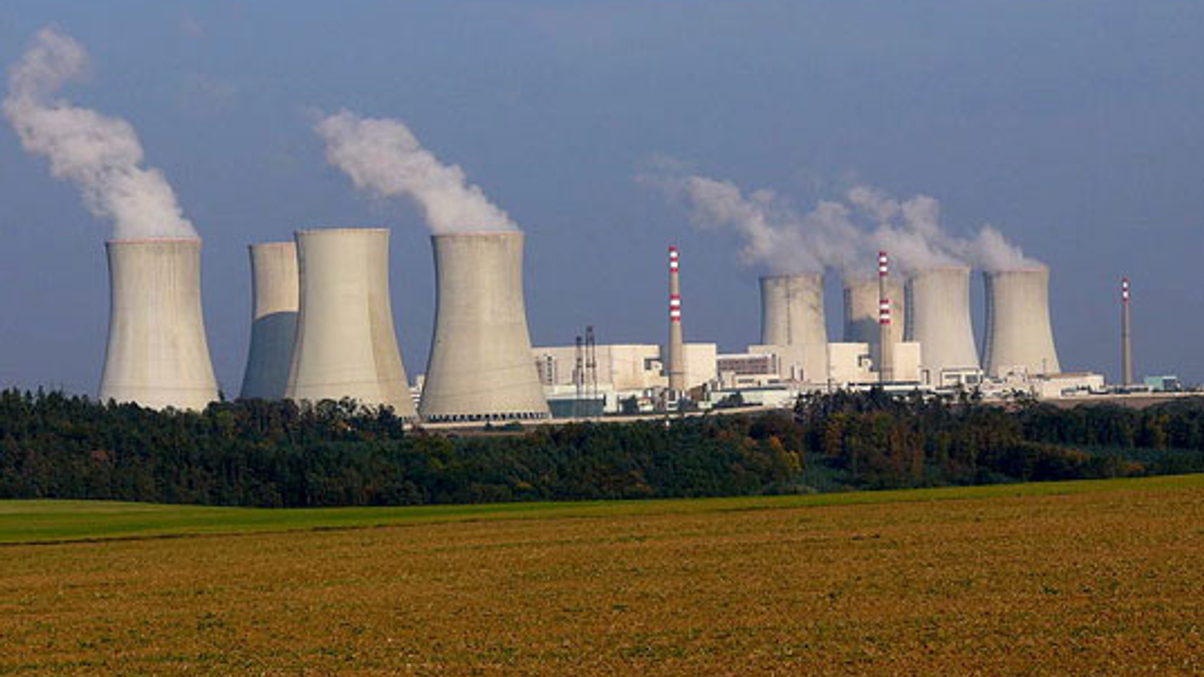Hydrogen economy lacks action in energy transition
Attitudes about nuclear power have changed but structural barriers to investment remain, says Ernest J Moniz, former US Secretary of Energy at Temasek’s Ecosperity in Singapore.

The development of a hydrogen economy has been a slow process, hampered further by the Russia-Ukraine crisis, but there is promise for a green, or even turquoise, future, according to Ernest J Moniz, president and chief executive of The Energy Futures Initiative and former US Secretary of Energy.
Sign In to Your Account
Access Exclusive AsianInvestor Content!
Please sign in to your subscription to unlock full access to our premium AI resources.
Free Registration & 7-Day Trial
Register now to enjoy a 7-day free trial—no registration fees required. Click the link to get started.
Note: This free trial is a one-time offer.
¬ Haymarket Media Limited. All rights reserved.


